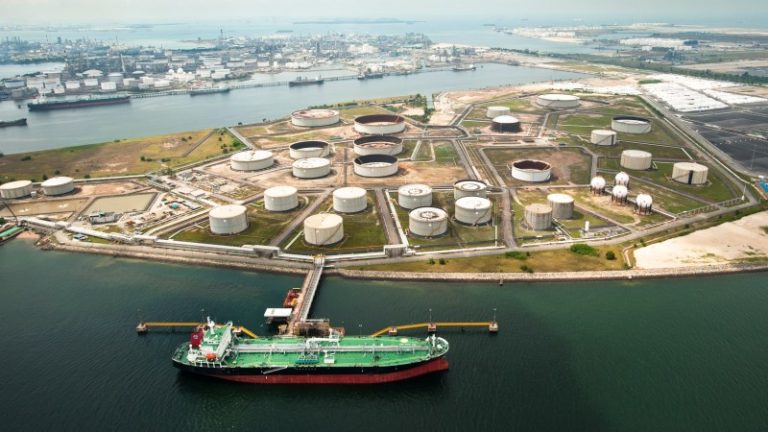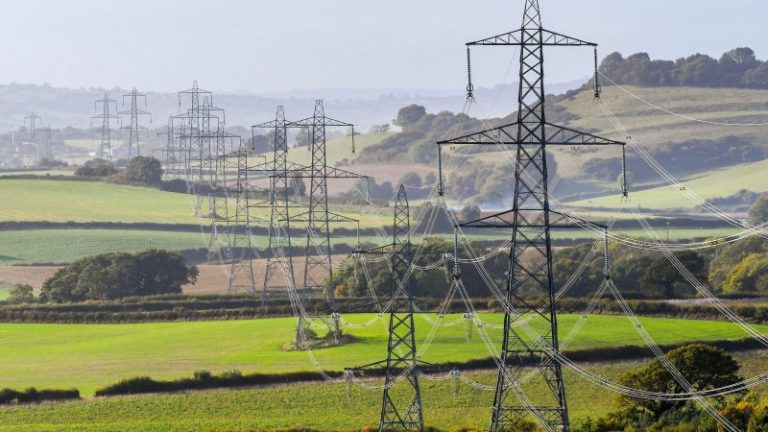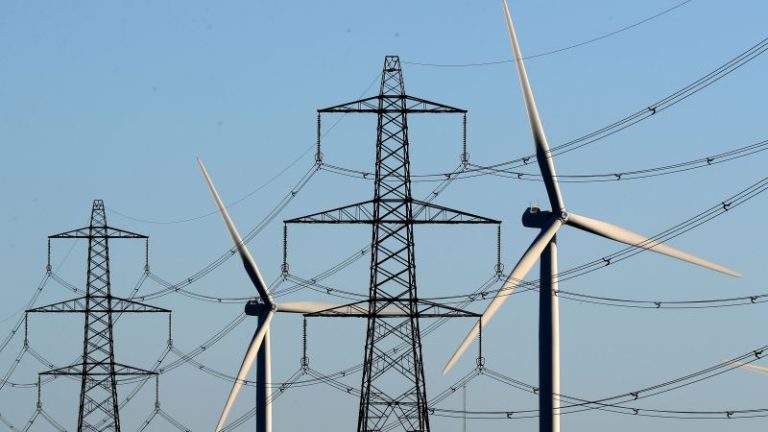Scotland’s wind farm policy has blown off course
The instances of the SNP and Green Party’s maladministration in health, education, transport, policing and public procurement are matters of record, and continues to mount. But there is one area, namely their highly centralised stewardship of energy policy, that does not receive the attention it deserves. This is a pity, as it is costing consumers an arm and a leg and affecting the wellbeing of the citizenry.
The achievement of net zero as a target of public policy has long since departed the realm of practicality or even science. It has become dogma, a realm in which the SNP and its partners always seem at their most intellectually comfortable. In the “greening” of Scotland’s economy, zeal and enthusiasm now trump wisdom and common sense. Who can forget the fiasco of the deposit return scheme, which was effectively and expensively shelved last summer when its sponsors realised that they had failed to consider properly its ramifications?
The government at Holyrood would still have us believe, though, that Scotland can be decarbonised twice as fast as the rest of the UK. The wishful thinking is best illustrated by its attachment to renewables and especially onshore and offshore wind farms. Large parts of Scotland’s iconic landscapes have been industrialised to an extraordinary degree by these egregious structures of renewable power. Nowadays, to look towards the southern skyline of East Lothian from the Firth of Forth all the way westwards along the length of the formerly beautiful Lammermuir Hills is to see an almost unbroken line of wind turbines.
Presently, Scotland has renewable energy infrastructure with a capacity of more than 14GW, or three times the level of peak electricity demand. More than 80 per cent of this comes from wind farms, and schemes under construction or in the planning process would lead to a near-trebling of this capacity. Scotland is well on its way to meeting its target for 2030 and on-message commentators will cheerily tell you that nearly 100 per cent of the nation’s electricity requirements are now covered by renewables.
Which would be wonderful if it were true. Sadly, both the wind and sun can frequently be disobliging and, on average, wind turbines produce only a quarter of their maximum-rated power. But even when a gale is blowing, many turbines stand idle as the grid is not able to distribute efficiently the power that would be generated in these conditions. In these circumstances, wind farm owners and operators who have to switch off are compensated by way of constraint payments. These have added up to more than £1 billion since they were introduced in 2010. Last year alone the industry received £307 million, of which 90 per cent was allocated to operators in Scotland.
Nice work if you can get it, and since wind farms get paid whatever the conditions, they are absolved of many of the costs that intermittency imposes upon the system as a whole. Indeed, it is such a racket that Ofgem is investigating. What sane public policy taxes consumers and other energy providers in order to pay turbine operators not to produce power? Why does the Scottish government think we need more of this gross misallocation?
Jonathan Cobb is a writer who spent 30 years in the fund management industry running equity portfolios for institutions and pension funds






